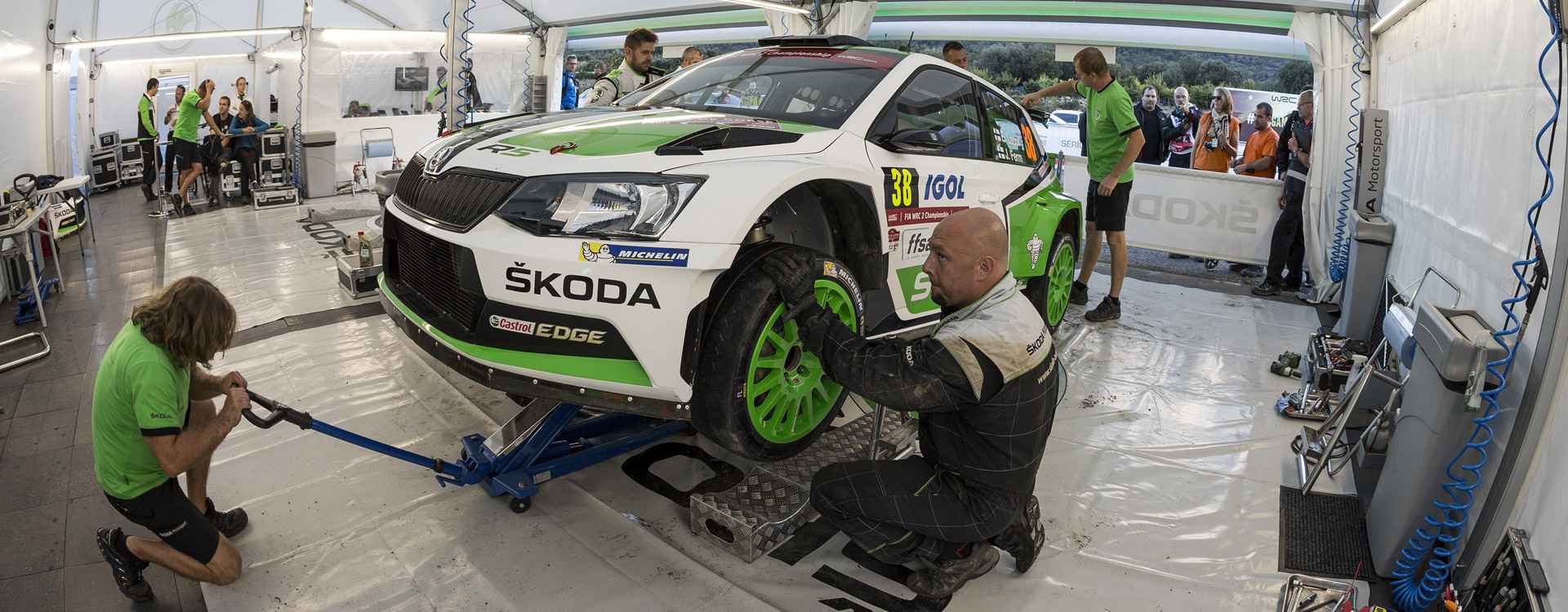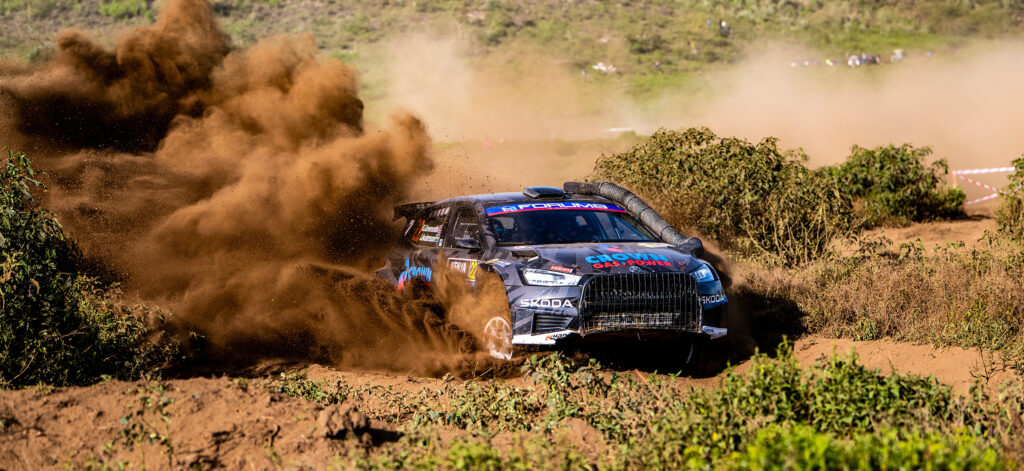ŠKODA Motorsport team will complete his seventh start in 2015 World Rally Championship this weekend (22nd to 25th October). Let’s take look at what the Spanish Rally RACC Catalunya-Costa Daurada organizers have prepared not only for the crews but also for the fans.
- Spanish Rally Catalunya was run for the first time in 1957. It has been a part of the European Rally Championship since 1975 and it has been put into the World Rally Championship calendar for the very first time in 1991, when it was based on the Costa Brava in Lloret de Mar. Since 2002, holiday resort of Salou, located south of Barcelona in the Costa Durada region, has been the centre of the rally.
- Since its inclusion into the World Rally Championship the Rally Catalunya used to be pure asphalt event, but in 2010 it developed into mixed surface event. The first leg is gravel and the last two days are run on asphalt roads. Spanish round is the only mixed surface event of the 2015 World Rally Championship season.
- Total length of the rally is 1,280.73 km, 331.25 km is divided in 23 special stages. The route goes through Tarragona hills and is significantly modified in comparison to the previous years. Seven special stages are completely new.
- The rally will be opened on Thursday night with a street stage in the Montjuïc area of Barcelona, on roads that hosted the Spanish Grand Prix F1 race on four occasions.
- Friday’s opening leg on gravel will be even more difficult, because its schedule does not include the traditional midday service. The crews can only change the tyres, no further adjustments of the car can be done.
- The ultimate challenge for all participants is the Friday‘s evening service, which is longer than usual this time, but the teams must convert their cars from gravel to asphalt specification.
- The surface change is demanding also for the crews. The Saturday morning comes and the drivers must immediately adapt their driving style to an overnight change in road surface. The Spanish asphalt is fast and smooth and is comparable to a race circuit in its characteristics. Asphalt roads are abrasive and if temperatures are hot, drivers must manage tyre wear carefully.





